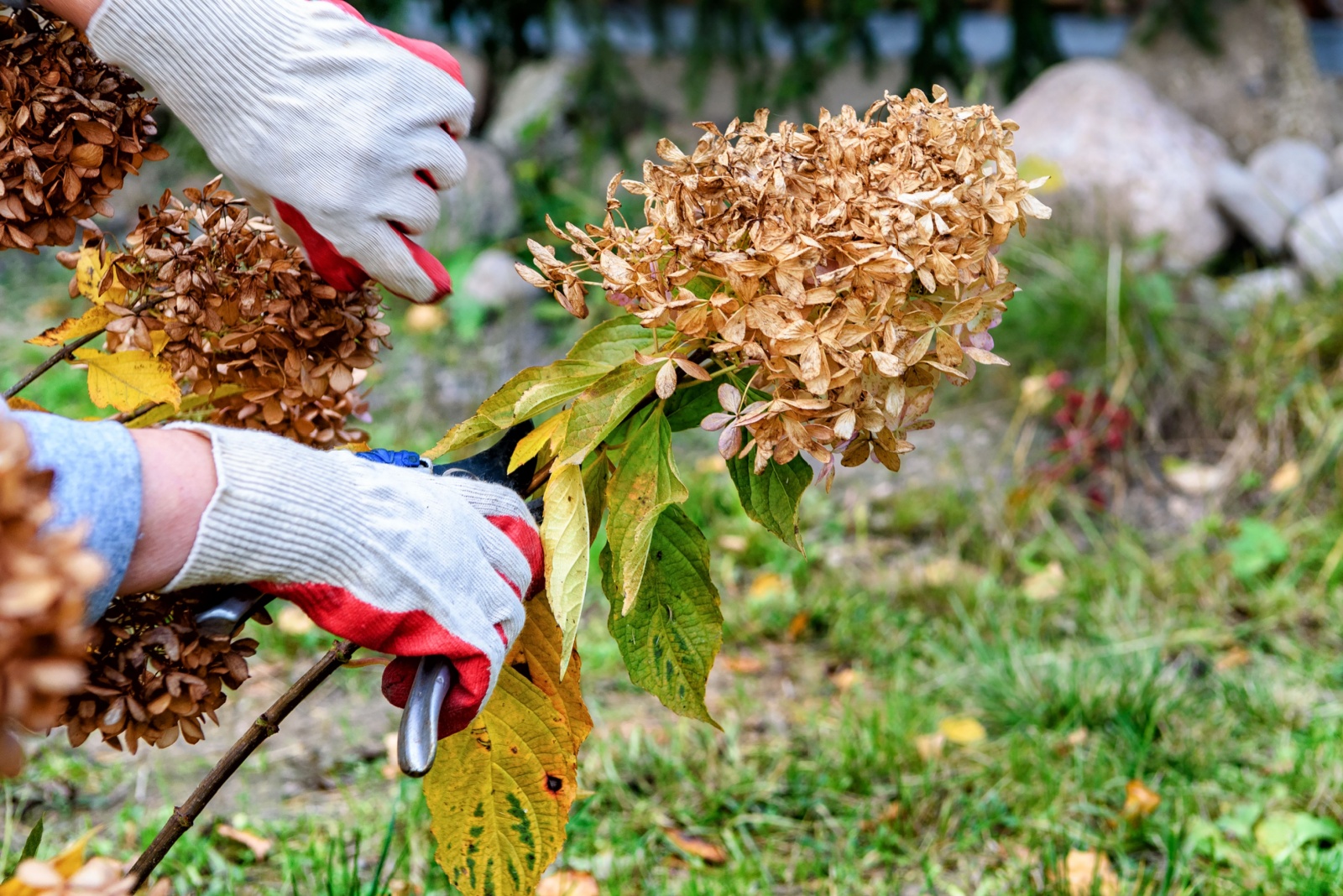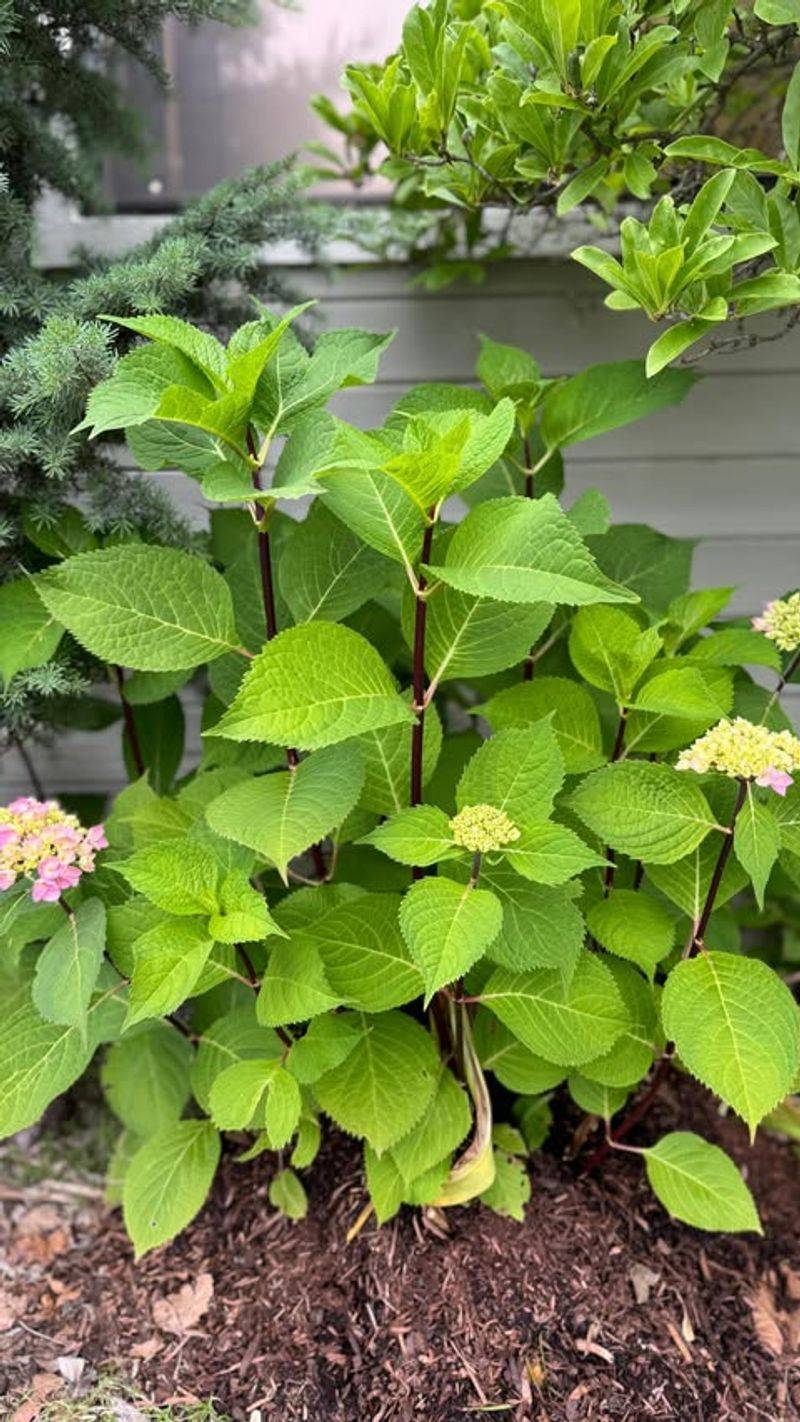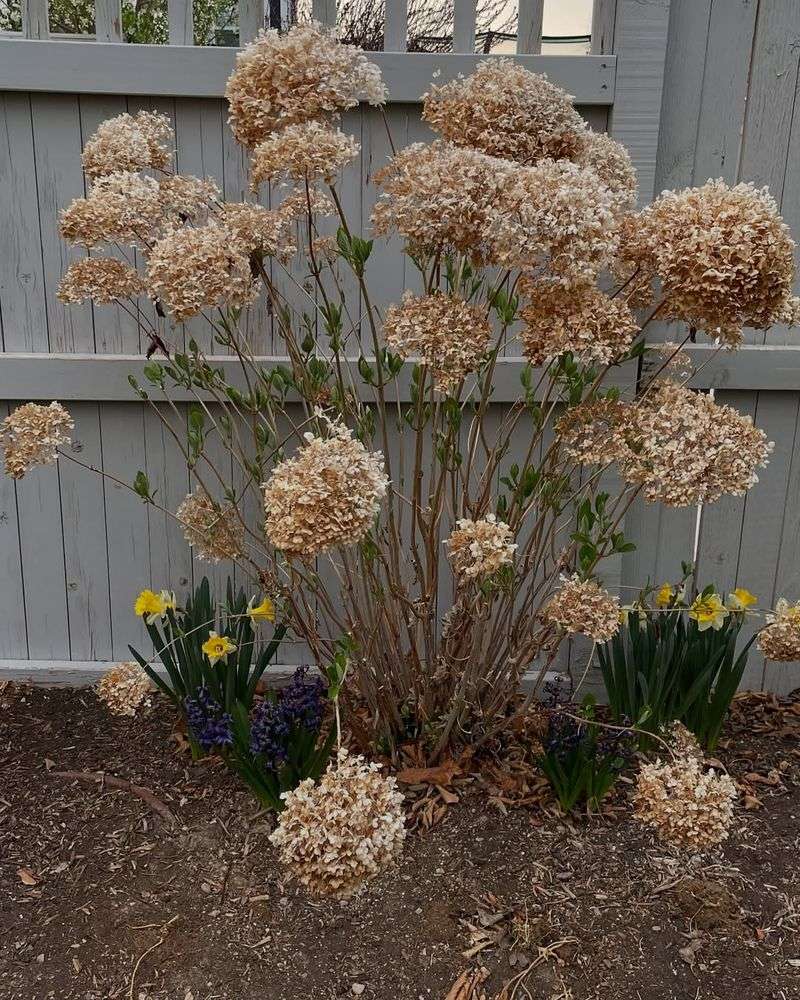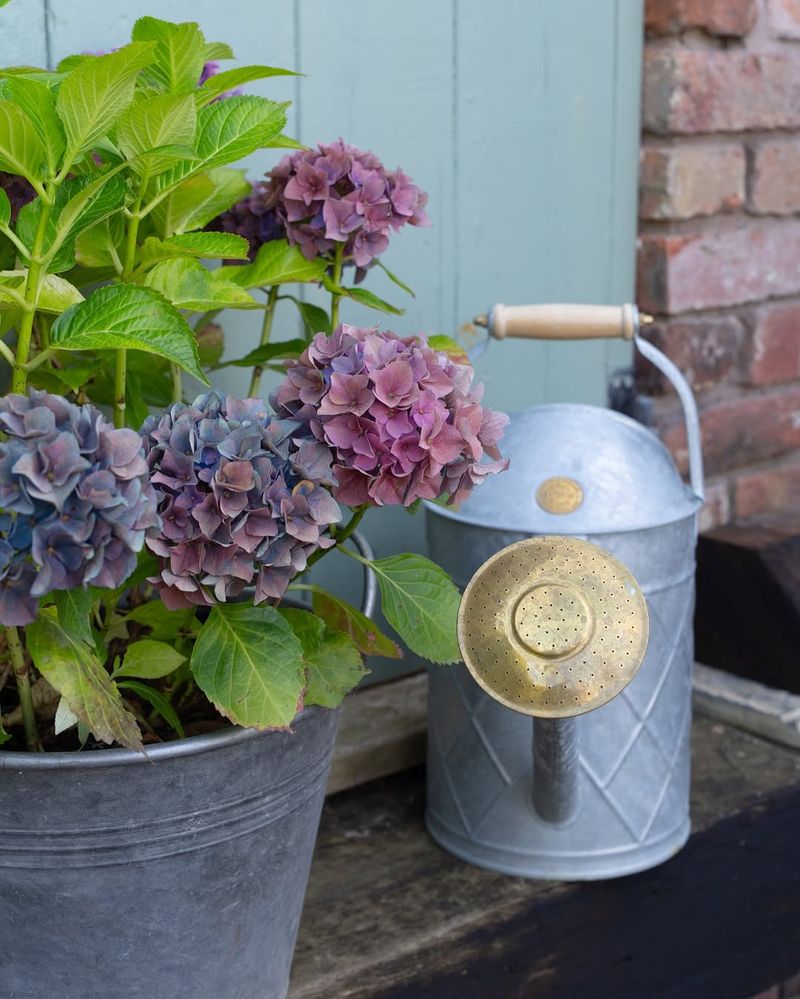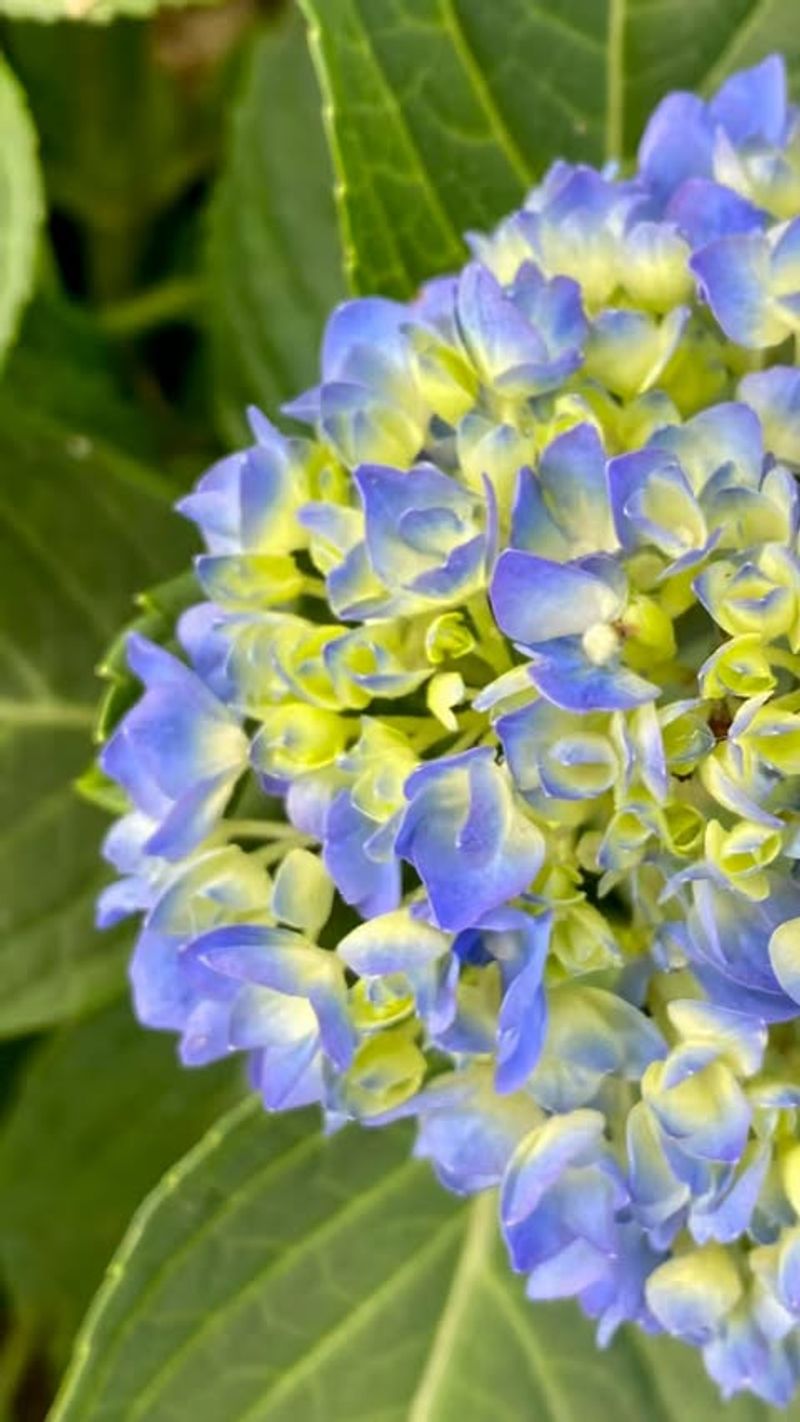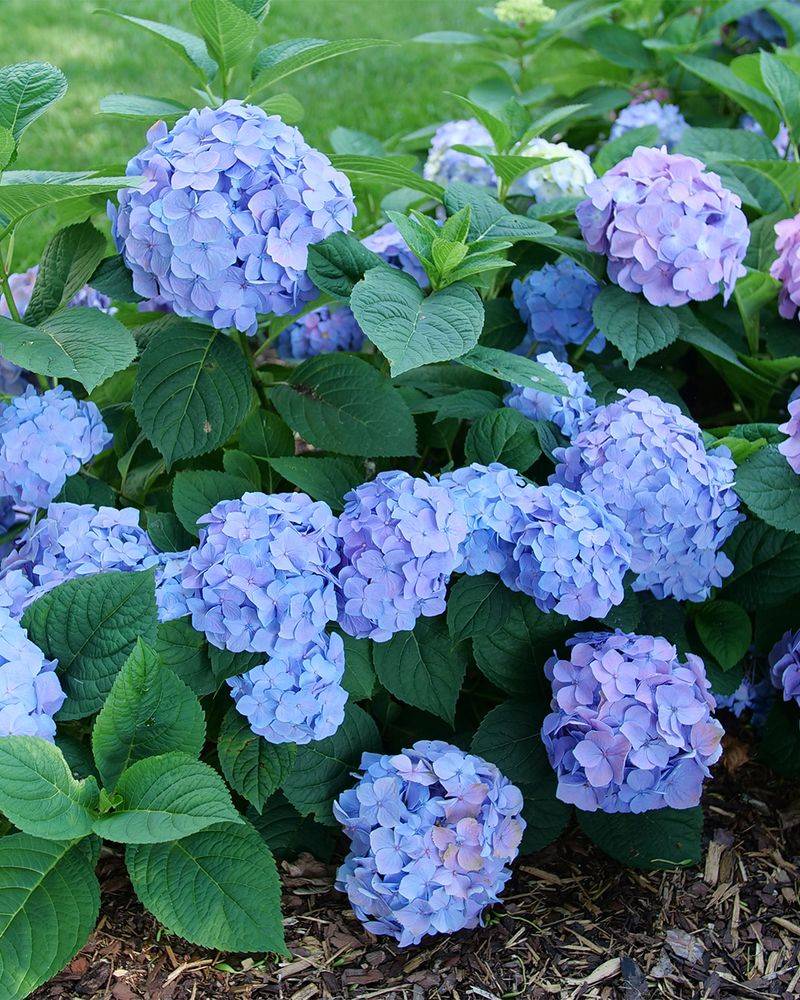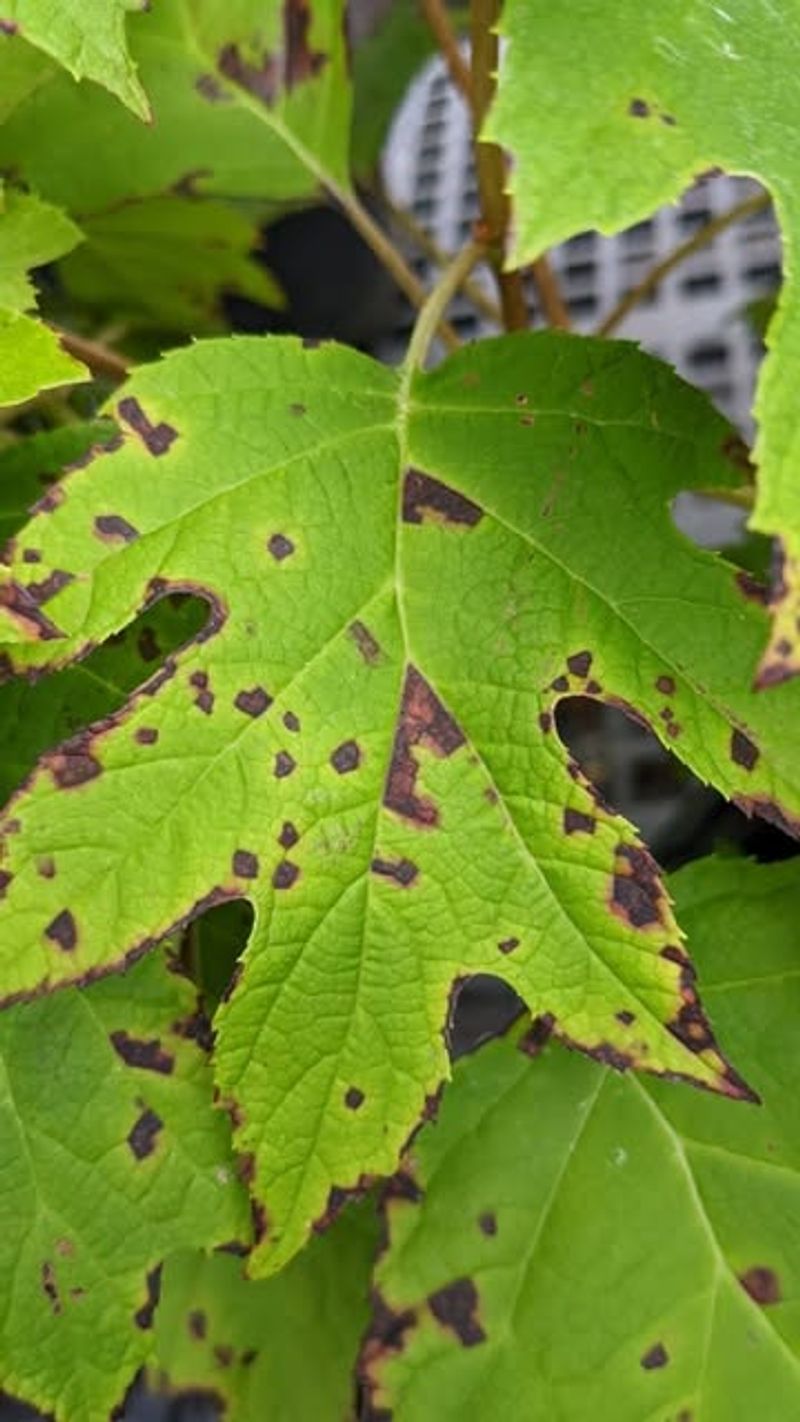October marks a crucial time for Florida hydrangea owners as these stunning blooms need special attention before winter approaches. Your gorgeous flowering shrubs require specific care now to ensure they’ll return with spectacular blooms next season.
Taking action this week will protect your investment and keep your garden’s showstoppers healthy through Florida’s mild winter months.
1. Prune With Purpose
Grab those garden shears! Most hydrangea varieties in Florida benefit from light pruning in mid-October. Remove dead or diseased branches first, cutting just above a set of healthy buds.
For older plants, consider removing up to one-third of the older stems at ground level to encourage fresh growth. Remember that different hydrangea types have different pruning needs – macrophyllas (big leaf) should be handled more cautiously than panicle types.
2. Apply A Fresh Layer Of mulch
October’s the perfect moment to refresh your hydrangea’s mulch layer. Spread 2-3 inches of pine straw, bark chips, or compost around your plants, keeping it a few inches away from the stems to prevent rot.
Fresh mulch acts like a cozy blanket for root systems during occasional Florida cold snaps. The organic material gradually breaks down, feeding your soil while suppressing weeds that compete for nutrients your hydrangeas need.
3. Switch To A Winter Fertilizer Formula
Now’s when Florida hydrangeas need different nutrition. Switch from your summer fertilizer to a low-nitrogen, high-phosphorus and potassium blend specifically formulated for fall application.
Look for fertilizers with an NPK ratio like 10-30-20 to encourage strong root development rather than new foliage growth. A slow-release formula works best, providing steady nutrition through winter months when plants are less active but still metabolizing in Florida’s mild climate.
4. Adjust Your Watering Schedule
Florida’s October brings changing rainfall patterns, requiring smart hydrangea watering adjustments. Reduce frequency to once weekly while maintaining adequate volume – about 1 gallon per mature plant.
Morning watering works best, allowing foliage to dry before evening to prevent fungal issues. Check soil moisture by inserting your finger 2 inches deep – if it feels dry, it’s time to water. Installing a simple drip irrigation system now saves countless hours throughout the year.
5. Collect And Save Seeds
Want free hydrangeas? October’s your chance to harvest seeds from spent blooms. Look for brownish seed capsules in the center of older flower heads and snip them into paper bags.
Allow them to dry completely indoors for two weeks. Store in labeled envelopes in your refrigerator until spring planting time. While most hydrangeas grown from seed won’t match their parents exactly, this budget-friendly method creates unique variations for your garden.
6. Protect From Unexpected Frost
Florida’s weather can surprise you! Keep frost cloth or old bedsheets ready for unexpected cold snaps that occasionally hit northern parts of the state. These lightweight covers create a microclimate around your hydrangeas.
Place supports around plants before draping covers to prevent breakage. Remove covers promptly when temperatures rise above freezing. For container hydrangeas, simply relocate them to a protected porch or garage when frost threatens – much easier than covering in-ground plants!
7. Control Pests Before Winter
October brings the perfect opportunity to check hydrangeas for lingering pests. Inspect leaf undersides for aphids and spider mites that often go unnoticed but multiply rapidly in Florida’s mild climate.
A strong spray of water dislodges many pests, while insecticidal soap works for persistent problems. Remove fallen leaves around plants as they harbor eggs and disease spores. Natural solutions like neem oil provide effective control without harsh chemicals, protecting beneficial insects in your garden.

